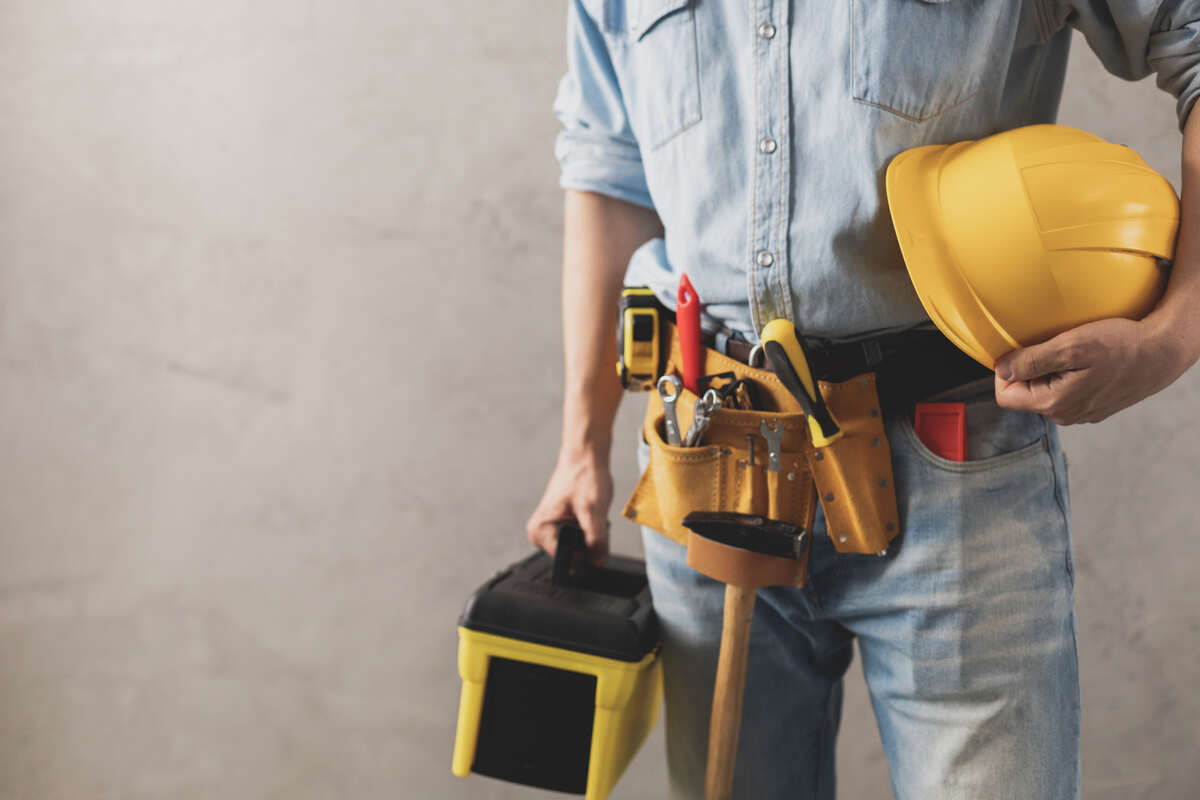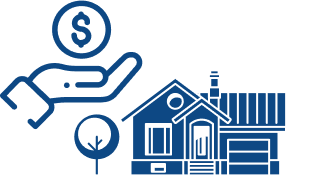Anyone who has ever dabbled into the world of real estate investment heard at least once about the term "ARV". Suppose you are thinking about flipping a property or increasing the value of your house. In that case, ARV is a useful tool for measuring the potential value of real estate and calculating your return on investment.
You would be surprised to find out how a small renovation can help with the appraisal, and ARV is used to estimate the house's value after you have finished the repairs. It can be anything from adding square footage to fixing curb appeal or even adding modern appliances. There is no better way to visualize the potential worth of your fixer-upper property than using ARV.
However, as with many real estate terms, it may be unclear what ARV really is and how it is calculated. That's why we created this article to help you get the idea of ARV and find out if it can be useful for you.
After Repair Value

ARV or After Repair Value is a measuring tool often used by real estate investors buying fixer-upper properties, to determine the cost of repairs, maximum bid price, or a potential sales price. Still not sure what is ARV? Don't worry, here is an example.
You are an investor looking for a distressed property to flip and sell for profit. That investment property in its current condition is worth $200,000 and you hire an appraiser to determine what should be repaired and how much value would those repairs add. Alternatively, you can create a list of repairs and renovations and give it to the appraiser to estimate the potential value.
You would add renovation costs to the selling price of the house. Additionally, the future price can also be estimated by looking at market conditions, age, and the neighborhood where the property is located. You can take a renovation mortgage to pay for the repair cost, or buy a property for a discounted price, considering the cost of repairs. Lenders offer a maximum loan amount of 65% of the ARV.
Let's say that the assessment of future value goes $100,000 above the sale price, which means that you have to make that money work for both renovation costs and your profit margin. Now that we know what ARV is, let's find out how to calculate it.
How to Calculate ARV?
We established that the price after repairs or ARV will be a tool to determine the property's future value after all renovations are done. You can use this tool even if you are not an investor, but just want to increase the value of your home. Well, lucky for you there is a simple formula that investors use to determine the ARV:
ARV = Property’s Purchase Price + Value of Renovations
The property's purchase price is the current property value, and the added value is a combination of the repair costs and perceived value of renovations. So, to circle back to the house that we talked about earlier:
ARV = $300,000 + $100,000 = $400,000
However, experienced flippers know that this equation is not as reliable without other value components considered during the assessment. Combining ARV with comparative market analysis will help you greatly. Evaluate real estate comps with similar features as your house after the repairs. Consider a few listings close to yours with comparable square footage and amenities, such as the number of bedrooms and bathrooms.
Doing preliminary and subsequent appraisals is another trick in the book of fix-and-flip investors. Things can change during the renovating process and ARV does not always match up to the real final value. Additionally, some unpredictable repair costs could eat up your operating income.
A current appraisal will show you the value of the house you bought as-is, while an appraisal post-renovation will show you the real value of your newly renovated property. You should never lean only on ARV when setting a listing price.
When Is ARV useful?
You might think “is ARV useful to me if I am not an experienced flipper” and the answer is - yes, if you are looking to renovate your house, might as well do it in a way that will increase its value. However, it is undeniable that ARV is primarily a tool for house flippers and buy-and-hold investors.
A fix-and-flip investor is someone who is interested in the short-term strategy, because they buy a house, renovate it and sell it for profit, which is usually done in a short period of time. On the other hand, buy-and-hold investors are long-term investors, who are interested in the rental income opportunity.
Both types of investors use the ARV tool, however, they use it for different purposes and in different stages of their investment. House flippers use it to compare properties in the real estate market and choose the ones that will offer the biggest return. They usually use the abovementioned formula to determine the highest profit margin before actually investing.
ARV and Long-Term Investments
Long-term investors use ARV calculations a bit differently since they don’t use it to compare properties. Rather, they use it to find out how to increase the incremental cash flow and the long-term market value. The standard ARV formula isn’t enough for this calculation, as there are more factors to consider.
Buy-and-hold investors have something called the capitalization rate, a metric of the annual gross income of the property. That rate is not a constant, but it is not as fluctuant as other factors. Your annual net operating income (NOI) is determined by multiplying the cap rate and the market value of the property. If you want to increase your NOI, you need to boost the market value - which you can do by calculating the ARV.
Current market value $300,000 x 7% cap rate = $21,000 NOI
Target market value $? x 7% cap rate = $24,500 NOI
This question mark is actually what would be the ARV for a long-term investment, and you can calculate it by multiplying your wanted NOI and the cap rate. Buy-and-hold investors use this formula all the time for increasing their annual cash flow from single-family rental house investments.
The 70% Rule
The 70% rule is another measuring tool house flippers use when scanning the market for investment. It refers to the maximum offering price that would be lower than the market value but competitive enough for the seller to accept it. For an investment to make financial sense, fix-and-flip investors target those houses which can sell for 70% of ARB minus the estimated repairing costs:
(ARV x 0.7) - Cost = maximum selling price
Of course, an investor would always hope to buy a house for less than the maximum target, but this formula helps them to compare the listings. Moreover, the maximum selling price would not matter as much as how much profit can it bring after renovation. This 70% number is a handy rule, especially for those who just started flipping houses.
Limitations of ARV
However useful ARV is, it is important to note that it is just an estimate, so there could be room for mistakes. Not only that it is an estimate, but it is merely capturing the value in that particular moment in time - the market can change, inflation can increase the renovation costs, not to mention many unpredictable repairs. There is a risk that all these factors can change, but they rarely do in a way that can significantly hurt the investment.
On the other hand, if you want to go through the repair process of your dream house, ARV can help you pinpoint how much to invest in renovations for it to make sense in the long run. However, if you want to sell your house and that is why you need an ARV - stop what you are doing, because SleeveUp Homes has a solution for you.
We will buy your house as-is for top-dollar - no need to worry about curb appeal, fresh paint, or new kitchen appliances. Request an offer right now and see it for yourself - we won’t disappoint.
SELL
YOUR HOUSE
If you want to sell fast and are worried about how long the traditional process takes, and the commission and fees involved, consider working with SleeveUp Homes.





 view all blogs by this author
view all blogs by this author Zachariah Peterson (69 blogs)
Zachariah Peterson (69 blogs)